Enjoying the amazing volcano in the fog and the valley of stars
The Kronotsky State Nature Biosphere Reserve (also: the Kronotsky Nature Reserve or Kronotsky Biosphere Reserve) in Kamchatka is one of the oldest in Russia. It traces its history to the end of the 19th century. This natural area has an amazing biodiversity. The most beautiful Valley of Geysers with its unique ecosystem is in this Reserve, as well as the pulsating boiling springs, lakes and waterfalls. In the Kronotsky Reserve, the travellers can see snow-white giant glaciers and steam clouds - the breath of ancient volcanoes. Here, the brown bear is the King, the reindeer roam, the gray whale splash and the Steller’s sea eagles (Haliaeetus pelagicus) sail through the azure sky. And all this reserved wealth needs respect and protection.
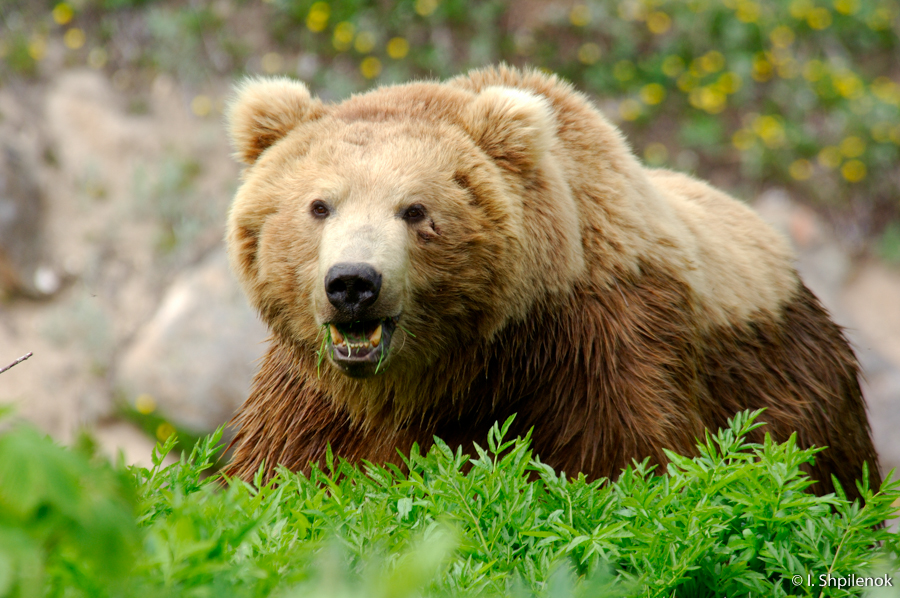
Director of the Federal State Budgetary Institution “Kronotsky State Nature Biosphere Reserve” Pyotr Shpilenok told EcoTourism Expert about how they manage to simultaneously preserve nature, fight against poachers, develop tourism, educate the people and involve enthusiasts in solving environmental problems.
- What are your plans for the development of the Reserve in 2022 and in the future? What projects will be interesting for those who dream of visiting Kamchatka or already admires these reserved places?
- If we mention everything we work on, it will take several pages. We constantly improve old routes and create new ones. If to talk about the main thing, we will launch several new visitor centres in the next few years, and recently, we have arranged and opened a new interactive exposition on the environmental topics in the village of Ozernovsky. It is fitted with modern multimedia equipment allowing the visitors to watch excellent-quality popular science and educational films and hold conferences. This summer, we will completely “loop” the flat trails on Uzon (the ancient caldera of an extinct volcano), we also work on a new infrastructure in the Valley of Geysers. There will be new offers including photo tours, and some new offers to those who are fond of watching marine mammals in their natural habitat.
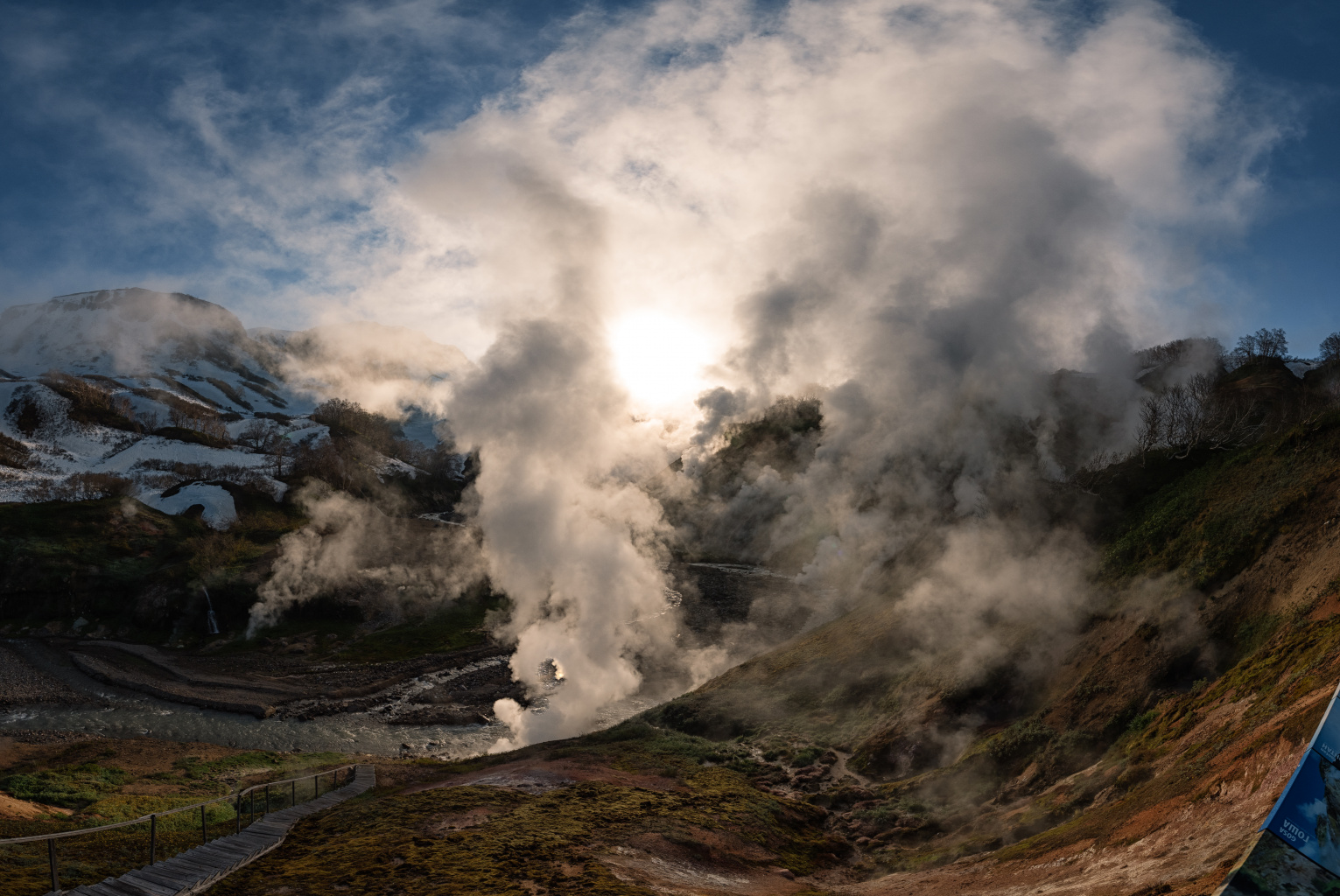
Separately, I would like to note the projects that the Reserve is implementing now jointly with the Kamchatka Territory, including the tourist and recreational clusters “Reserved Kamchatka” near the South Kamchatka Federal Sanctuary and “Volcanoes and Geysers” near the Kronotsky Biosphere Reserve. They are aimed at the development of tourism in the regions adjacent to the protected areas. We expect these projects will redistribute the growing tourist flow to nearby settlements. This will allow tourists to get amazing experiences, will provide the residents of the villages with an additional source of income, and will help us reduce the pressure on the area and enhance the environmental effects of eco-tourism.
Now, we are completing the construction of our new visitor centre and the Kronotsky Nature Reserve’s administrative building in the city of Yelizovo, and we are improving the surrounding area. We plan that the management of the Natural Park “Volcanoes of Kamchatka” will also be located here, and as a result, there will be one common entry point to the specially protected natural areas of Kamchatka. We call this area the “Zero Meridian”, because everyone who wants to visit the protected areas in the Kamchatka peninsula can get to know how to see all the best attractions in Kamchatka, do no harm to its nature, and, for example, how to avoid a “quarrel” with a bear. For local residents and travellers, a well-maintained public space with an embankment, an arboretum, equipped eco-classes and a reserved cinema hall will be built here.
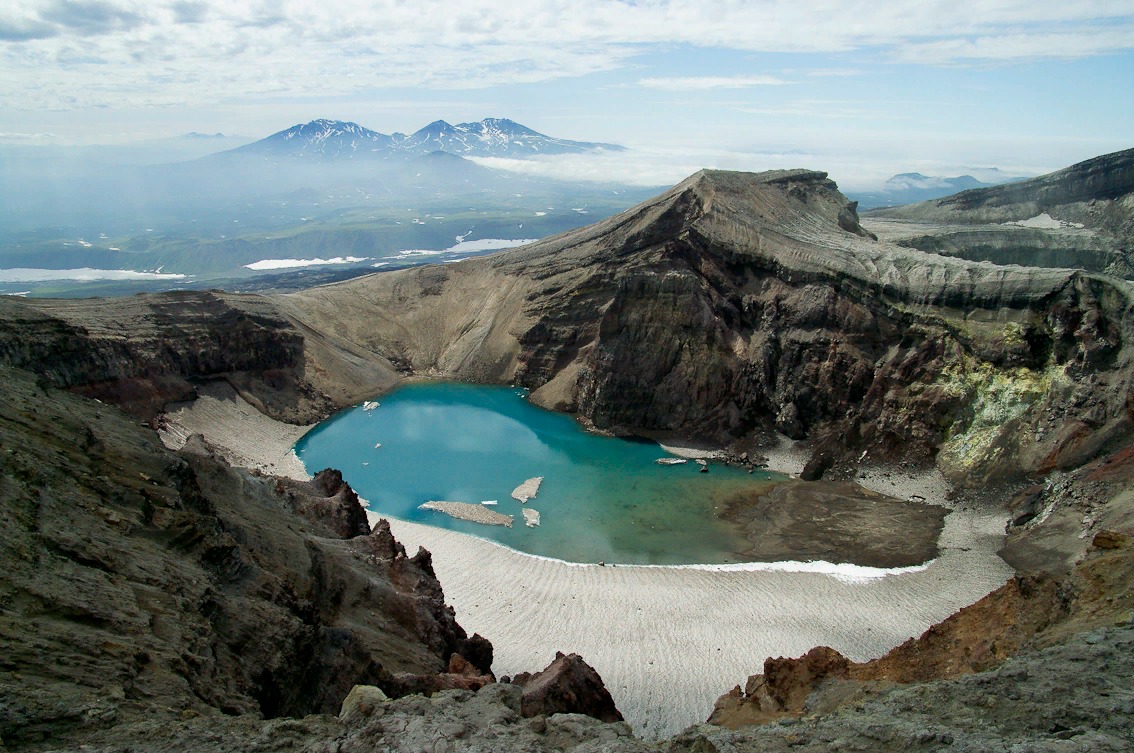
- How many tourists visit the Kronotsky Nature Reserve annually? From which countries, besides Russia, do people mostly come?
- On average, the Kronotsky Nature Reserve and the South Kamchatka Federal Sanctuary are annually visited by 6-8 thousand people each. More than half of the travelles are from the Russian regions. As for foreign tourists, we most often accept the travellers from China, Germany, France, and South Korea. In general, the travellers arrive from different countries. Over the past two years, less than one thousand foreigners have visited the Reserve and the Sanctuary because of the Covid-19 lockdown. They were mainly from Germany, Switzerland, and France.
- Eco-tourism has become very popular in recent years. Does the Kronotsky Nature Reserve support this trend? Do you manage to strike a balance between nature conservation and tourism development?
- The goal of any institution managing a specially protected natural area is to preserve nature. To achieve this goal, physical protection of the areas, applied science, and environmental education are used. Tourism is very often opposed to the conservation of nature, but this is not always the case. More precisely, this is not at all the case when it comes to ecotourism. We develop the ecotourism in the Reserve and plan to keep on doing it in future.
For us, tourism is another tool for the nature protection. In this respect, it is important to respect several conditions. Scientific monitoring of the anthropogenic impact on natural complexes is carried out and, based on the results, decisions are made to limit the flow of tourists or, for example, to build trails with wooden walkways. The impact of such tourism on nature is minimal and constantly monitored by scientists.
Another important condition is that the ecotourism has an environment protection function. That is, this is the type of tourism, which nature is better to have than not to have! For example, poachers do not dare to appear in the places visited by tourists. And we can clearly see this on the example of the South Kamchatka Sanctuary. The development of tourism also generates a powerful public support, because everyone who has visited our places at least once and who shares the ideas for which we live and work becomes our supporter!
There are already tens of thousands of such people, and it is often thanks to their support and efforts that we manage to defend our points of view in the nature conservation.
And one more thing that distinguishes the ecological tourism from all other types of tourism is the participation of the local communities. To do this, we work closely with local villagers living close to the protected areas - we hold workshops on how to start a business, we attract guides from the local people, and in our souvenir shop, we sell the goods created by local craftsmen. When people are involved in tourism, it is beneficial for them that tourists come to their places. But tourists come to enjoy untouched reserved nature. Thus, it is this nature that becomes an economic resource for the local communities. And it is much easier and more beneficial for us to protect nature together with people and not from people.
- Is tourism also a source of revenues?
- Certainly. We develop ecotourism and tourism on about 2% of the area, but thanks to the funds raised, we carry out the protection and research of all our protected areas much more efficiently than we could do this using the state-allocated funds only. By the way, this is also one of the environmental effects of the eco-tourism. With these funds, we carry out our scientific programme for the conservation and recovery plan for the last large herd of wild reindeer in Kamchatka, conduct the research on rare marine mammals and their habitats, study the unique stock of Kuril Lake sockeye salmons, and do our work on establishing new specially protected natural areas. It is thanks to our revenues from tourism that we can afford to invite leading experts from other Russian reserves and research institutes to take part in the important researches.

In addition, we cover our expenses with tourism, including the expenses for tourism activities. Money is required for the construction and maintenance of the tourism infrastructure, as well the for paying the work of inspectors who accompany tourist groups on routes and ensure their safety in the areas full of risks, from bears to volcanic activity and avalanche danger in winter.
- Please tell us the main problems of the Kronotsky Biosphere Reserve today. Are the funds allocated sufficient? How are things going with the legislative support for the activities of nature reserves at the moment?
- Insufficient funding is probably the main problem facing the Russian nature reserve system. Salaries in this system are critically low. At the Kronotsky Reserve, somehow it is possible to achieve the average salary level, but only thanks to the off-budget money. At the same time, we are not immune from unforeseen situations, such as the coronavirus, or what is happening now, because we pay 60 percent of all salaries from extra-budgetary profits. State funding is not enough to ensure the main activity. Unfortunately, this is a real problem for the entire system of the Russia’s protected nature reserves. I would also like to point out the problem of waste management. Very strict legislation in this area does not take into account such remote areas as the Kronotsky Nature Reserve. Companies that would fly by helicopter here and pick up and remove garbage and wastes simply do not exist! We take this into account in the recreational capacities of the areas, we try to somehow regulate it, but this affects the cost of visiting. The issue of waste management, unfortunately, has not been fully developed in our legislation.
- You mentioned the garbage problem. Last year, the Reserve’s specialists conducted an expedition to study the situation with marine debris in Kamchatka. What were the main conclusions? What kind of garbage is most dangerous for animals and plants? Why such marine “garbage patches” are formed and how to solve the problem?
- The expedition took place on the coast of the Sea of Okhotsk. This is an inland Russian sea, and the garbage found there is generated by the Russian areas. Mostly, it is plastic garbage such as canisters, bottles, and other household items, as well as fishing nets - accidentally washed away, dropped or torn off, which washed ashore. All wild animals interact with garbage in one way or another, fish and marine mammals, for example, get entangled in the nets, and small plastic pieces get into the stomachs of birds and other animals. At the same time, most types of plastic items do not decompose, but only break down into microparticles, which continue to poison all living things. On any beach of the Sea of Okhotsk or the Pacific coast, you can see garbage covered with sand. Under the influence of the sun, the plastic items are destroyed, and the wind and waves take these particles to the bottom. This is one of the biggest problems as the ocean throws plastic particles out and then picks it up again. If fishing and traffic along the Northern Sea Route increases, it is important to take into account that a lot of garbage can be left behind by ships. It is necessary either to collect it along the ships’ routes or to organize cleaning of the coasts. Although, it is better to do both ways. This would be at least some kind of cleaning of those coastal waters and areas that we have.
- Are there many poachers in your area? How pressing is this problem in Kamchatka?
- This problem is quite acute on the Kamchatka peninsula. This mainly concerns unprotected areas with spawning rivers. In these places, poachers get salmon caviar out and throw fish away. They also poach at sea. In our specially protected natural areas, we gave a powerful rebuff to poachers about 10-15 years ago in the South Kamchatka Federal Sanctuary where commercial poaching flourished like, for example, large-scale illegal fishing for sockeye salmon, killing bears for the sake of heir paws and bile. We have made a team of the country’s best operational groups. And this struggle was long. Today, we have already come close to our victory in this fight, but we must not relax. Therefore, we pay special attention to our environmental education efforts and working with children, shooting films, and involving local residents in ecotourism. The main task is to learn how to protect the reserved nature not from people, but together with people.
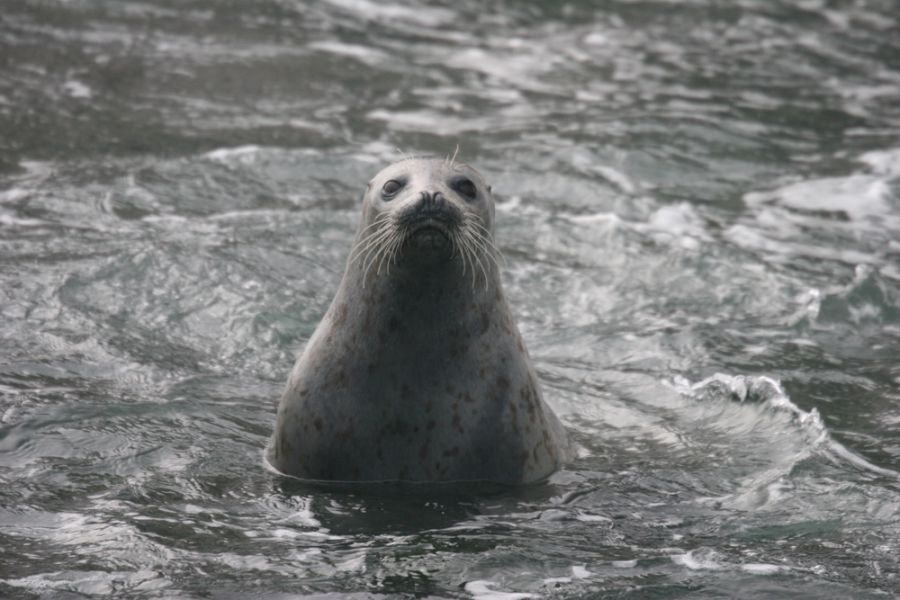
- Preservation of what species of plants and animals is currently of prime priority for the Reserve? Is there good news about the rising number of a particular species? Which animals are still endangered and need protection?
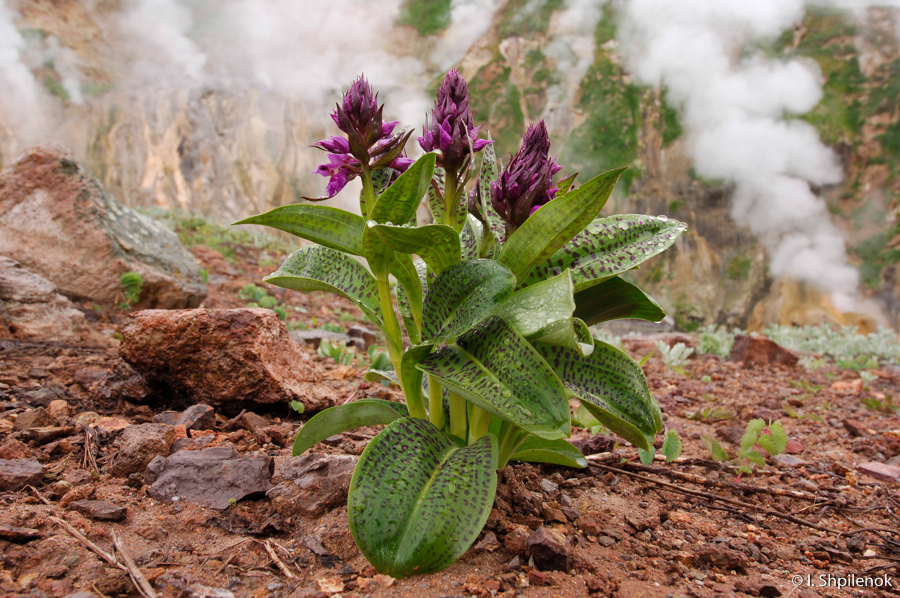
- As for the plants, the most vulnerable are the plants growing in the thermal regions of Kamchatka. Under special protection is a unique grove of graceful Kamchatka fir trees - this type of trees does not grow anywhere else in the world. The grove is more than a thousand years old, but it still remains a mystery how the fir trees even appeared in Kamchatka. In the Kronotsky Reserve, old-growth spruce forests are also preserved, where there have never been clearcuts and fires.
We have several programmes for the conservation of rare animal species, which we implement jointly with the business community, in cooperation with other nature reserves and research institutes.
One of our priorities is the conservation of marine mammals and their habitats. More than 20 species of cetaceans and pinnipeds live in protected water areas and on the coast. Most of them are rare, they need special protection and additional study, for example, sea lion, insular seals, sea otter, and gray whale. In recent years, in order not to disturb the seals on their rookeries, we have been observing them remotely, using photo recorders.
One of the rare species that is protected in protected natural areas are the Steller’s sea eagles. These are the largest birds of prey in the Far East, the Steller’s sea eagles are listed in the Red Book of Russia. Two years ago, we started studying the Steller’s sea eagles that winter on the Kuril Lake. This is an interesting place for research. Throughout the winter, sockeye salmons spawn in the Lake, and these birds feed on them. Sometimes, they gather up to 700 individuals - the largest natural winter concentration of Steller’s sea eagles. However, their biology and ecology are not yet fully studied.
The most vulnerable animals today are wild reindeer. Our task is to preserve the last herd, which is left in Kamchatka only in the Kronotsky Nature Reserve.
- What are the dynamics in the brown bear and reindeer populations?
- The largest protected group of brown bears in Russia lives in the South Kamchatka Sanctuary. The animals have a lot of natural food like salmon, plants, they have no competitors, and the Sanctuary is well protected. The number of bears is regulated in a natural way, it is consistently high amounting to about one thousand individuals. This is confirmed by aerial surveys we conduct every five years. The next one is planned to be carried out this year.
The situation with wild reindeer is very difficult. Just imagine, until the 1980s, there were about 20 thousand of them in Kamchatka. A sharp decline in their number began due to irrational hunting and poaching. In addition, the wild reindeer herd was seriously affected by domestic reindeer herding, that is why wild animals were forced out of their traditional pastures and illegally shot. By 2006, the number of wild reindeer decreased to 2 thousand individuals, they were listed in the Red Book of Kamchatka. Unfortunately, the further reduction in the number of wild reindeer was strongly influenced by the raging elements, as a powerful eruption of the Kizimen volcano began. Volcanic ash literally turned the snow crust into cement and deer could no longer feed on their usual pastures. This was the main reason for the mass death of animals. Some of the wild reindeer went to the adjacent area, where they could be killed by poachers.
Now, the number is slowly growing. This is confirmed by the aerial surveys and observations of animals on the trails. According to aerial surveys, the number of deer was 300 in 2017, and three years later, it was 350. The most encouraging thing is that the survival rate of wild reindeer has increased. But the situation continues to be critical.
- In one of your interviews, you spoke about the economic development attempts and development of protected areas by businesses. Does the Kronotsky Biosphere Reserve have such problems today?
- Right now, there are no such problems, but they arise from time to time. It seems to me that sometimes, we ourselves are to blame for this, we isolate ourselves and almost do not tell the world about our work, about the importance of preserving nature and the conservation work we do. It seems to business and officials that the special protected natural areas are “idle without having anything to do”. Today, we maximally involve entrepreneurs, regional and federal authorities in our activities. For example, we implement important projects for the study and conservation of marine mammals, wild reindeer, we carry out the study of the bear population of the South Kamchatka Sanctuary, and involve the resources of such companies as Novatek and the VTB. With the support of the ATB (Asian-Pacific Bank), environmental education and educational programmes are being carried out. We are very grateful to them for this, and it is now profitable for businesses to build an environmental partnership with us, as there is a concrete result and they thereby increase their ESG rating.
- Do volunteers help you?
- Of course, without volunteers, it would be difficult for us to cope with many projects. The volunteer programme has been running for over 10 years. About 120 people take part in it every year. These are residents of the Kamchatka Territory, other Russian regions, and foreigners. They help researchers collect materials and conduct researches, and in the high field and tourist season they come to help our people a little in their work at the Reserve’s areas. Their help is invaluable in carrying out environmental education activities and educational and awareness programmes, creating environmental media projects in protected areas.

But the main thing in the volunteer programme is the deep volunteers’ immersion in the protected nature and their work for the benefit of the nature conservation. The volunteers get the opportunity to see something that a simple tourist doesn’t see, whether it is the Ilyinsky volcano in the fog or the starry sky over the Valley of Geysers, they feel like a part of our team, and we get devoted supporters of the Kronotsky Nature Reserve, and in many cases - a future colleague, because reserved nature does not let go so easily.
Our volunteers and those who want to become them (and the competition for volunteer vacancies in the Kronotsky Reserve is usually 4-5 people) often say that they would like to preserve nature not only within the framework of a three-week shift in the Reserve. But it is not always clear what is right, how to do no harm. To help people figure it out, we launched the School of Protectors of Nature Project in 2020. This School has three directions - in addition to volunteers, we train state inspectors of specially protected natural areas and guides. These are completely different programmes, but they have the same goal - to give people the tool of nature protection that they can use in their professional or social activities. In particular, volunteers, in addition to their conservation work, study the rules of conduct when coming across wild animals, the rules of waste management, the basics of environmental education, and much more. These are highly motivated young people. We support their environmental initiatives in every possible way, help in their project activities, support the activity of the alumni community and gradually form a personnel reserve for the country’s environmental institutions. During the Project, five graduates have already become our colleagues. And the role of guides in preserving nature is difficult to overestimate. After all, the guides show the stunning pristine nature, and how the tourists perceive the protected areas, Kamchatka as a whole; it depends largely on the guides what attitude to nature protection the visitors get during the tour. The right guides awaken love and respect for nature. Therefore, the motto of our school is to help, wake feelings, and protect nature.








